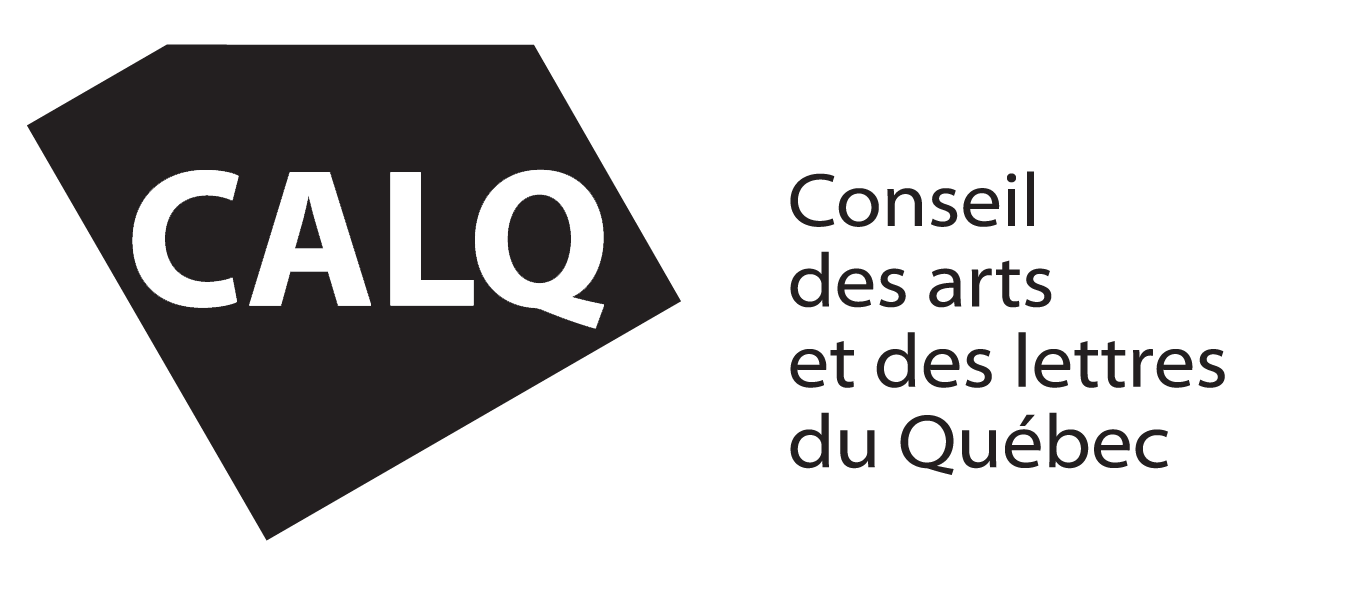Loudspeaker baptism : between irony and tragedy

Credit
From March 8 to 16, the La Semaine du Neuf festival is back for a 3rd edition rich in surprises. Among this year's bold offerings, don't miss Loudspeaker baptism, a techno-opera that ironically questions our ambivalent relationship with technology.
The brainchild of electro-acoustic duo Sawtooth (Sarah Albu and Matti Pulkki) and composer Charles Quevillon, this hybrid work for voice, accordion, puppets and electronics takes us on a tragic yet sarcastic tale of the love of a loudspeaker. An everyday technological object, the loudspeaker here becomes the symbol of a consumer society full of paradoxes. Charles Quevillon and Sarah Albu tell us more about this astonishing creation.
It all began in 2023, when the Sawtooth duo commissioned works from composer Charles Quevillon. “Something we could perform at a recital,” says Sarah. From a 20-minute piece, the project eventually became a one-hour opera entitled, Loudspeaker baptism.
Completing a doctorate in Finland at the Sibelius Academy, Charles is working on the theme of the sacred and technology: “For me, the loudspeaker is a profane object. It's so much a part of our everyday lives. I have it in my ears every day, through my headphones, my computer, etc.”. Between spirituality and musical performance, the opera for soprano, accordion, puppeteer, electronics and Genelec loudspeaker gives a sacred vision of the loudspeaker through modern rituals.
THE BAPTISM STORY
This is the story of a mother, played by Sarah, who has a motherly love affair with a loudspeaker. Over the course of the show, this object becomes king, deploying its full power. But “like all material things, it eventually dies”, says Charles. The subject is certainly dramatic, with serious perspectives inspired by today's world, balanced by a few surprises and notes of irony.
Here, our relationship with consumption is clearly questioned, as the composer explains: “when I try to deepen my relationship with the loudspeaker, all the more or less good connotations of consumption and industrialization come to pollute this relationship”.
However, this reflection is far more complex than it seems. Le Baptême du Haut-parleur is an attempt at reconciliation with the consumerist society from which the loudspeaker springs. “At the same time, how can we do without it?” is the question posed by Sarah, who also works on projects involving very early and folk music without amplification. “I can't imagine a world where we completely abandon all electronic objects in our art or in our daily lives, without some great disaster happening.”
For both artists, this piece highlights a recognition of the consumerist tools (symbolized here by the loudspeaker) that feed both their work and artistic creation, but also question our current consumption patterns and their personal desire to do what's best for the planet. As Sarah puts it: “Is it possible to work more responsibly while using these technologies? Are our creative spirit and our desire to experiment compatible with our ecological conscience? At the end of the day, it's about tackling a system that's much bigger than us as individuals.
THE HUMANIZED LOUDSPEAKER?
During the performance, Sarah's gestures towards this technological object are reminiscent of those of a mother with her child. Sometimes, I only interact with the loudspeaker on stage. I've created a real relationship in which I experience emotions. It's transformed me,” she describes. The longer the show goes on, the more the desire to make him suffer, to torture or even punish him takes over. A truly anthropomorphic piece, the opera brings this object to life as a fully-fledged human, demonstrating the place it dares to take in our daily lives.
Another character who comes to life in the show is the loudspeaker god, embodied by a giant puppet. His voice is directly inspired by a personal anecdote from the soprano: “I had changed my Siri's voice on a trip to Newfoundland to get an Irish accent. I ended up creating an attachment with that being. Charles was inspired by it.
Behind the scenes, it's he who animates the puppet: “In a theater, a voice that comes out of nowhere always makes you think of a god, of something disembodied. Giving life to this voice through a puppet means making a mockery of this god. It's to use the figure of the almighty and embody it in a form that runs counter to that almighty power.
AN EVOLVING CREATIVE PROCESS
Numerous work sessions enabled the project to evolve, exchanging stories and symbols that everyone wanted to bring to the stage (e.g. artificial intelligence, the “unboxing” phenomenon on YouTube). The piece was created in Finland, where the Genelec brand has a strong presence, as Sarah explains: “They're everywhere! We started sending each other photos as soon as we saw the speakers we work with every day. So the work also speaks of our attachment to this object in the creation of this project”.
Working with Charles, she knew there would be movement and gesture. Later in the creative process, visual elements and video would be added. For example, the speaker's memories, “from his birth as stardust to his summer vacations on the beach” are represented through Polaroid photographs. As for the use of video, this was new for the composer. This medium quickly became indispensable in the show to express and not neglect the whole process of industrializing and manufacturing the loudspeaker. He called on artists Maija Tammi and Jan Rosström to accompany him in this respect.
On the musical side, the accordion, played by Matti Pulkki, certainly makes an impression with its virtuoso interpretation, adding an experimental component and a great deal of personality to the piece: “the audience will hear the accordion like they've never heard it before,” assures Sarah.
Typhaine Allain






